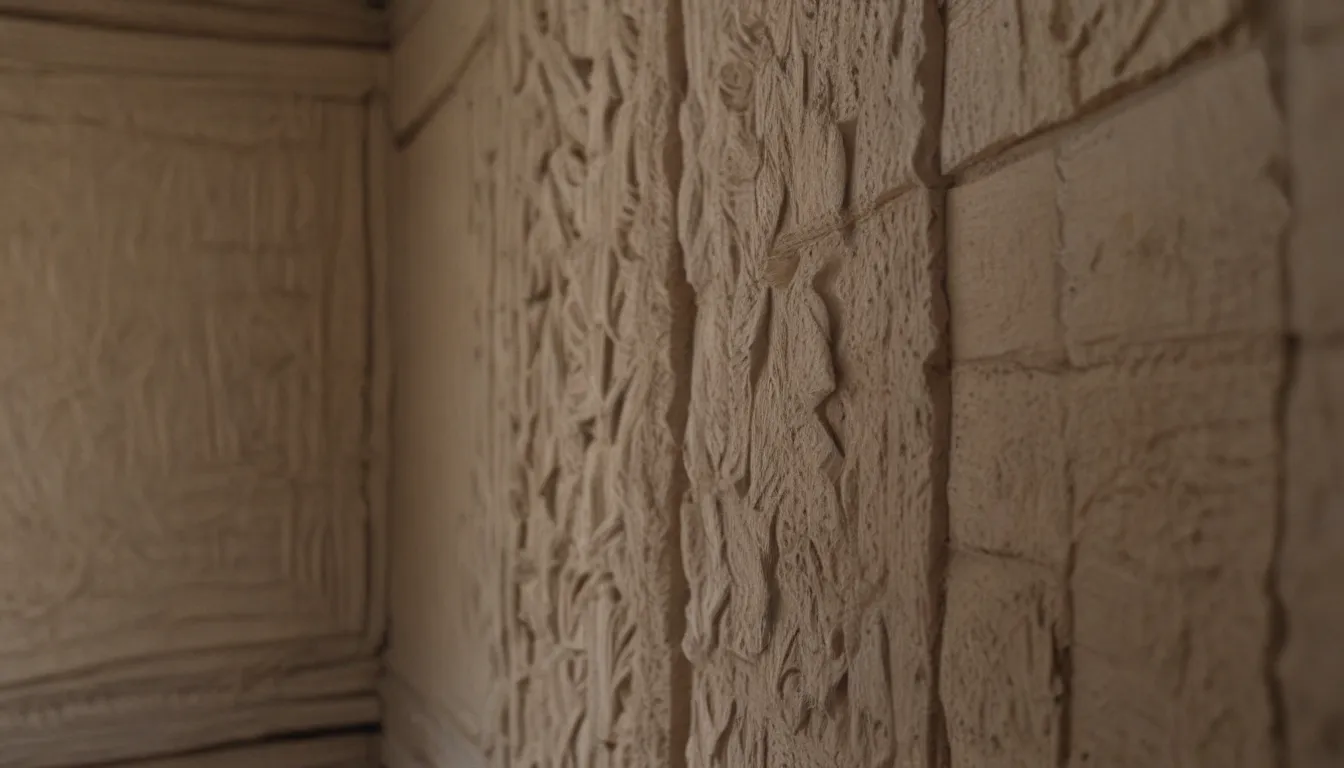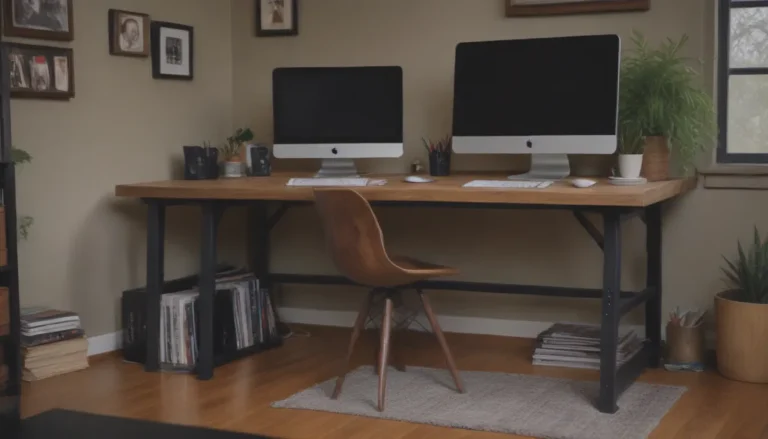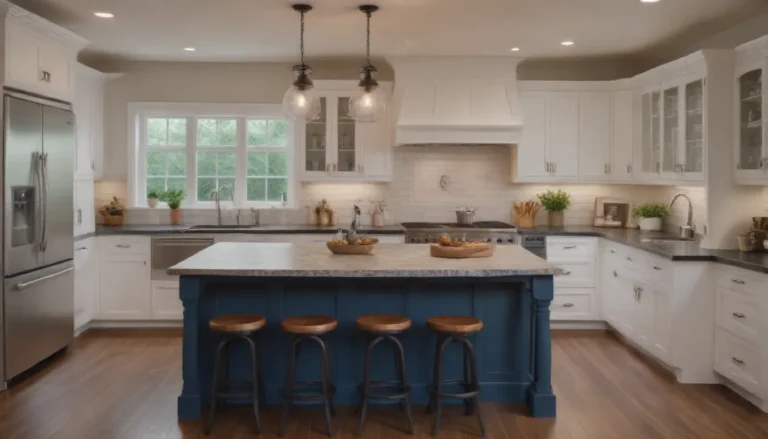Understanding Lath and Plaster Walls: A Detailed Guide

If you live in a traditional home, chances are you have come across lath and plaster walls. These walls are known for their durability, soundproofing properties, and unique charm. While they may no longer be the go-to choice for new construction projects, understanding the basics of lath and plaster walls can help you appreciate the craftsmanship and history behind them.
What Exactly Are Lath and Plaster Walls?
Lath and plaster walls are an interior wall construction technique that was commonly used before the 1940s. The process involves attaching strips of wood lath, typically 1-inch wide, to the wall studs. These lath strips are then covered with three layers of wet plaster, which dries to create a smooth and solid surface. This surface can be painted or wallpapered to finish the wall.
Today, drywall has largely replaced lath and plaster walls in new construction projects. Drywall, also known as plasterboard or wallboard, serves a similar purpose to lath and plaster but is manufactured in a factory and installed in large sheets.
Lath and Plaster vs. Drywall: A Comparison
Thickness
- Lath and plaster walls are typically thicker than drywall, providing a more solid feel to the walls.
- Drywall sheets are usually 1/2-inch to 5/8-inch thick, while plaster can be thicker than that.
Soundproofing and Insulation
- Lath and plaster walls offer better soundproofing and insulation compared to standard drywall.
- Soundproof drywall can rival the soundproofing capabilities of lath and plaster walls.
Cost
- While the materials for lath and plaster walls may be inexpensive, the labor costs are higher due to the skilled work required.
- Drywall is more cost-effective to install and finish.
Repair
- Homeowners can tackle minor repairs on lath and plaster walls using drywall materials.
- Specialized tradespeople may be needed for more extensive repairs on plaster walls.
Construction of Lath and Plaster Walls: A Step-by-Step Guide
Building lath and plaster walls is a meticulous process that requires time and skill. Here’s how it’s typically done:
1. Attach Lath to Studs
- Lath strips are nailed perpendicular to the wall studs, roughly a finger-width apart from each other.
- The lath provides a base for the plaster to adhere to.
2. Apply Plaster Layers
- Three layers of wet plaster are hand-troweled onto the lath.
- The three layers include a scratch coat, brown coat, and white coat, each serving a specific purpose in the wall’s construction.
3. Develop Keys Behind the Lath
- Plaster keys are formed behind the lath as the wet plaster is applied.
- These keys create a strong bond between the plaster and the lath, ensuring a secure wall surface.
4. Prime and Paint
- Before painting or wallpapering, the plaster surface must be primed to seal the porous material.
- Once primed, the wall can be finished with paint or wallpaper to achieve the desired look.
Maintaining Lath and Plaster Walls
While lath and plaster walls are known for their durability, they may require maintenance over time. Here are some tips for keeping your walls in top condition:
- Keep an eye out for cracks or bulging areas, which may indicate underlying issues with the plaster.
- Repair any damaged areas promptly to prevent further deterioration.
- Consider hiring a professional plaster specialist for more extensive repairs or restoration projects.
- Regular cleaning and dusting can help preserve the appearance of your lath and plaster walls.
In Conclusion
Lath and plaster walls are a testament to the craftsmanship and artistry of traditional construction methods. While they may not be as common in modern homes, understanding the basics of lath and plaster walls can help you appreciate the history behind these unique structures. Whether you have lath and plaster walls in your home or simply want to learn more about them, this guide has provided valuable insights into their construction and maintenance.





